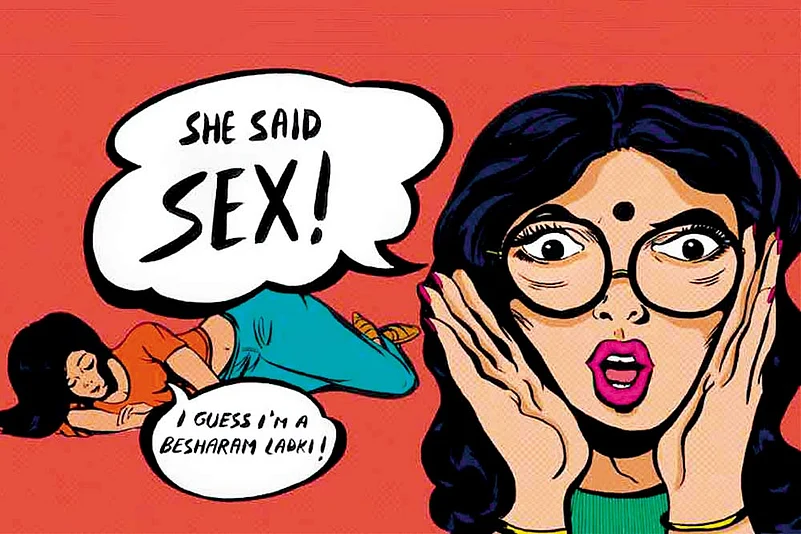Be it a toenail or the deepest possibilities in this controversial universe, you’ll find a zine (pronounced ‘zeen’) about it. Zines are concise, aesthetic periodicals, both print and digital, that cover a variety of themes, from romance to racism, and façades to feminism, through visual and written work. Many are avant-garde vehicles of counterculture, part of a thread that extends through generations to movements that have either been a suppressed part of society or overshadowed by the prevailing mores.


The term ‘fanzine’ was coined nearly 80 years ago as a portmanteau of ‘fan’ and ‘magazine’ to describe fan-made sci-fi publications—later extended to other genres and phenomena—circulated among enthusiasts through photocopies. But zines have since evolved to become sources of social change. You have zines for mental health, identity issues, queer zines, raising questions about taboos. They are an example of “Chhota Packet, Bada Dhamaka” because, brief as they are, many zines nowadays zoom in on vital social issues—this is not your father’s Star Wars fanzine! Originally a Western phenomenon, they’ve begun to gain currency in India, with popular zine makers emerging in metropolises like Mumbai, Delhi, Bangalore and Pune. A few pioneers are highlighted here.


Zines can be drawn, written or digitally made, and are later put into print or distributed online. Cost is no barrier to access, as even print zines are easy to make and cheap to publish.
















